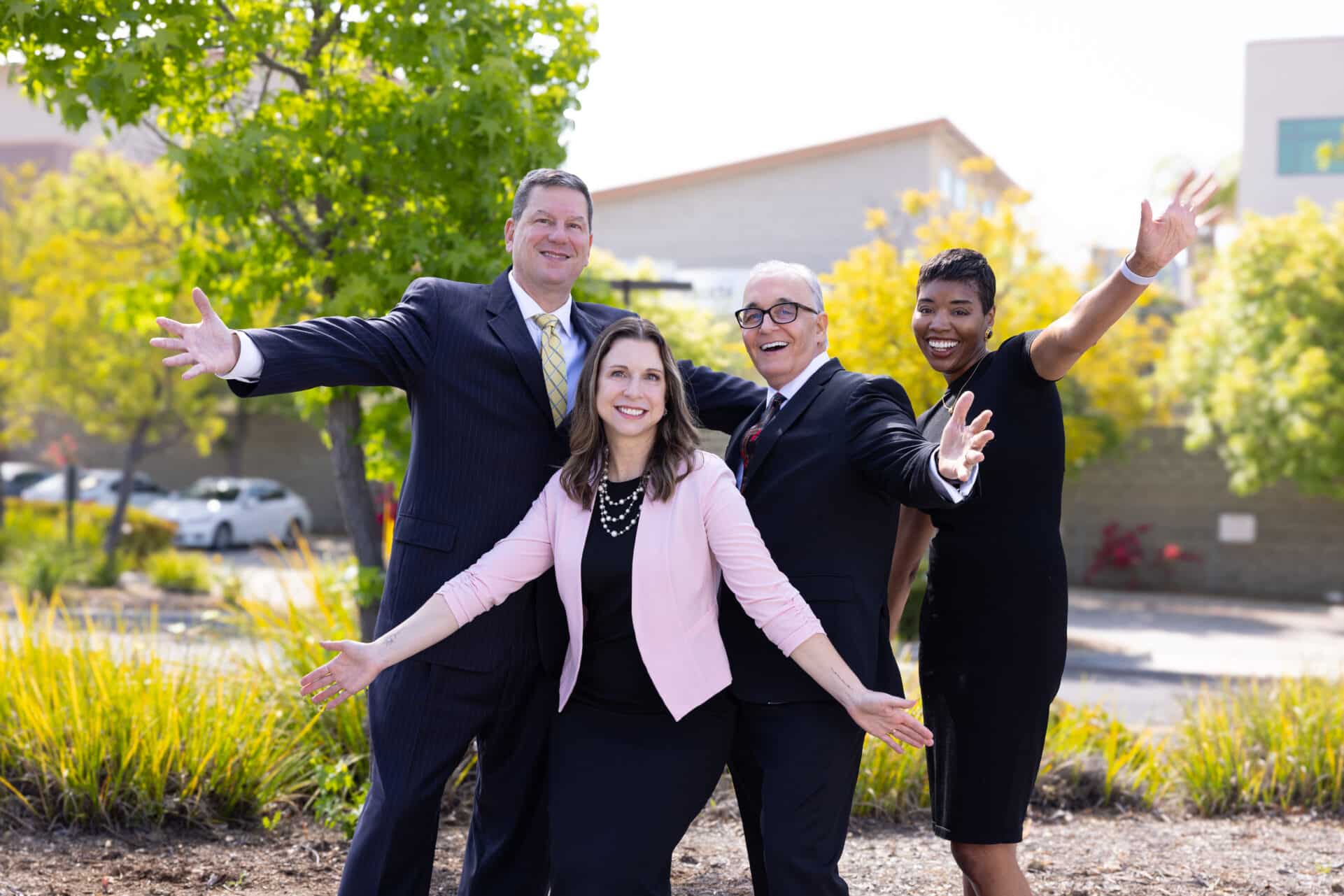If you are looking to enhance your breast size with a subtle procedure, a fat transfer breast augmentation can help you unlock natural-looking results. This is an effective alternative to implants that achieves a two-in-one body contouring effect.
Fat Transfer Breast Augmentation in San Diego (Rancho Bernardo)
- Over 40 years experience in breast procedures
- One team from consultation to recovery
- Two procedures in a single operation

Achieve larger breasts naturally, without implants
Enhance your curves using your fat for breast augmentation- Loss of breast volume after pregnancy or weight loss
- Asymmetry between breasts
- Excess fat in other body areas (which can be used as donor sites)
- Need for softer, more gradual breast enhancement
- Concerns about implant-related complications




Your Fat Transfer Breast Augmentation Experience at Renuance in San Diego
Why Choose Renuance for Your Fat Transfer Breast Augmentation?
Fat Transfer Breast Augmentation FAQ
How much larger can my breasts get with fat transfer?
Most patients can expect a 1/2- to 1-cup-size increase per session. For larger increases, multiple sessions may be necessary. The exact amount depends on how much fat is available for transfer and how well your body retains the transferred fat.
How many fat transfer procedures will I need to get my desired breast size?
The number of procedures needed varies from person to person. Some patients achieve their desired results with one session, while others may need two or three to reach their goals. It depends on factors like how much fat is available for transfer, how well your body retains the transferred fat, and your desired increase in size. We typically recommend starting with one procedure and then assessing the results after 3-6 months. If you want additional volume, we can plan for another session. During your consultation, we’ll discuss your goals and give you a realistic expectation of how many sessions you might need.
Will I have scars from fat transfer breast augmentation?
The incisions for fat transfer are tiny and typically heal to be nearly invisible. You may have small marks at the liposuction sites, but these are usually very discreet and fade over time.
How long does the fat transfer procedure take?
The procedure usually takes 2-3 hours. This includes time for liposuction to harvest the fat, processing the fat, and then injecting it into the breasts. We’ll give you a more precise estimate based on your specific case during your consultation.
What's the recovery like after fat transfer breast augmentation?
Most patients return to light activities within a week and resume normal routines after 2 weeks. You’ll have some swelling and bruising in both the donor areas and breasts, which typically subsides within 2-3 weeks. We’ll provide detailed recovery instructions tailored to your case.
Will I lose sensation in my breasts after fat transfer?
Unlike implant-based augmentation, fat transfer rarely affects breast or nipple sensation. In fact, many patients report no change in sensitivity at all.
How long will the results of fat transfer breast augmentation last?
Once the transferred fat establishes a blood supply, it becomes a permanent part of your breast tissue. However, it will change with your body just like your natural breast tissue. Weight fluctuations, pregnancy, and aging can all affect your results over time.
What happens if I gain or lose weight after the procedure?
Your augmented breasts will respond to weight changes much like natural breast tissue. Significant weight gain might cause them to grow larger, while weight loss could cause them to shrink. Maintaining a stable weight helps preserve your results.
Can I still breastfeed after fat transfer breast augmentation?
In most cases, yes. Fat transfer doesn’t typically interfere with the breast ducts or milk production. However, if you’re planning to become pregnant soon, we might recommend waiting until after you’ve finished breastfeeding to have the procedure.
How soon can I exercise after fat transfer breast augmentation?
Light activities can usually be resumed within a week, but we recommend avoiding strenuous exercise, especially involving the chest or donor areas, for about 4-6 weeks. This allows the transferred fat to settle and establish a blood supply. We’ll provide a detailed timeline based on your specific case and recovery progress.
Send A Message
If you have any questions, concerns, or comments regarding Renuance Cosmetic Surgery & MedSpa, please fill out the short contact form below.
Two World-Class Locations






